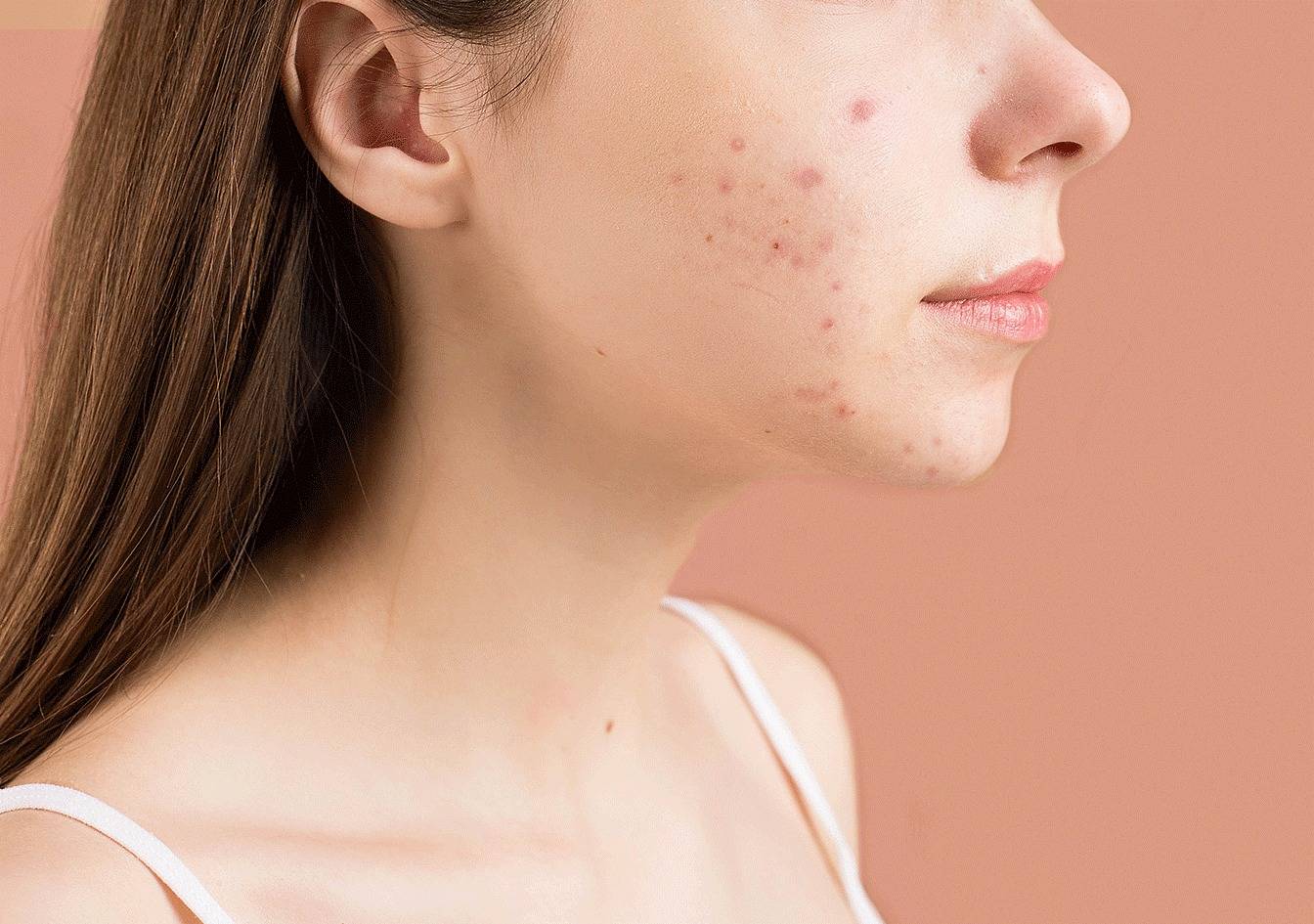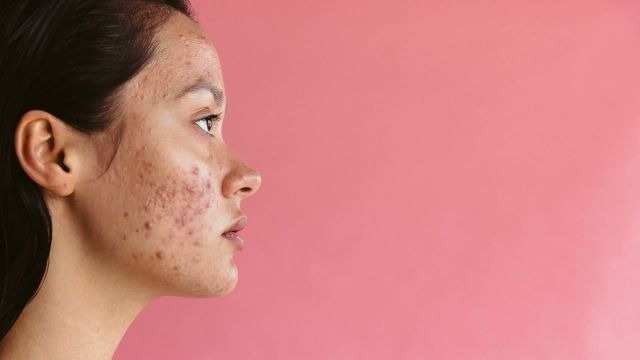Acne vs. Pimples: Understanding the Key Differences Most People Miss

Acne and pimples are common skin issues, particularly prevalent among teenagers and young adults. Hormonal imbalances, poor diet, and pollution are some of the factors that contribute to these skin problems. People often turn to home remedies, DIY hacks from social media, or beauty products without understanding the difference between pimples and acne. This confusion can lead to ineffective treatments and potentially worsen the condition. Here’s a guide to understanding the differences between pimples and acne and how to address them effectively.

Causes of Pimples and Acne
While both pimples and acne share similar causes, such as hormonal changes, poor diet, and exposure to pollution, they stem from different underlying issues:
- Pimples: Typically caused by clogged pores.
- Acne: Results from excessive production of sebum (skin oil).
What Are Pimples?
Pimples and acne may look similar, but they have distinct characteristics:
- Pimples are small, red bumps on the skin that may be swollen. They often contain pus and are usually localized to specific areas of the face.
What Is Acne?
- Acne is a more severe skin condition that can affect not only the face but also the neck. It involves numerous painful bumps, which may lead to scarring and persistent inflammation. Unlike pimples, acne can last for a prolonged period and may require more intensive treatment.

Prevention and Management
To manage pimples and acne effectively:
- Limit Cosmetic Products: Use fewer cosmetic products to avoid clogging pores.
- Stay Hydrated: Drink plenty of water and healthy beverages like coconut water.
- Maintain a Healthy Diet: A balanced diet can help manage skin health.
- Consult a Dermatologist: For persistent acne issues, seek advice from a dermatologist to choose the right face wash and cream suited to your skin type.
